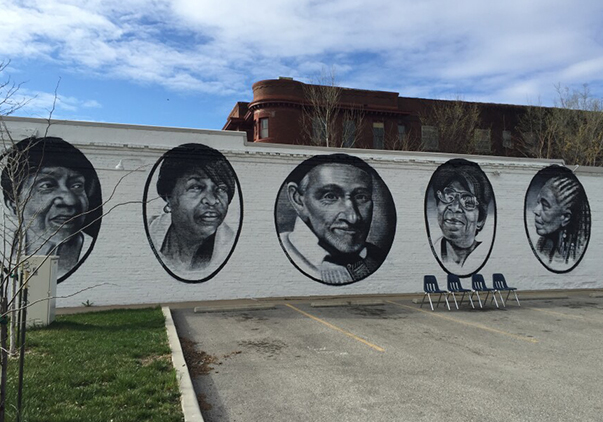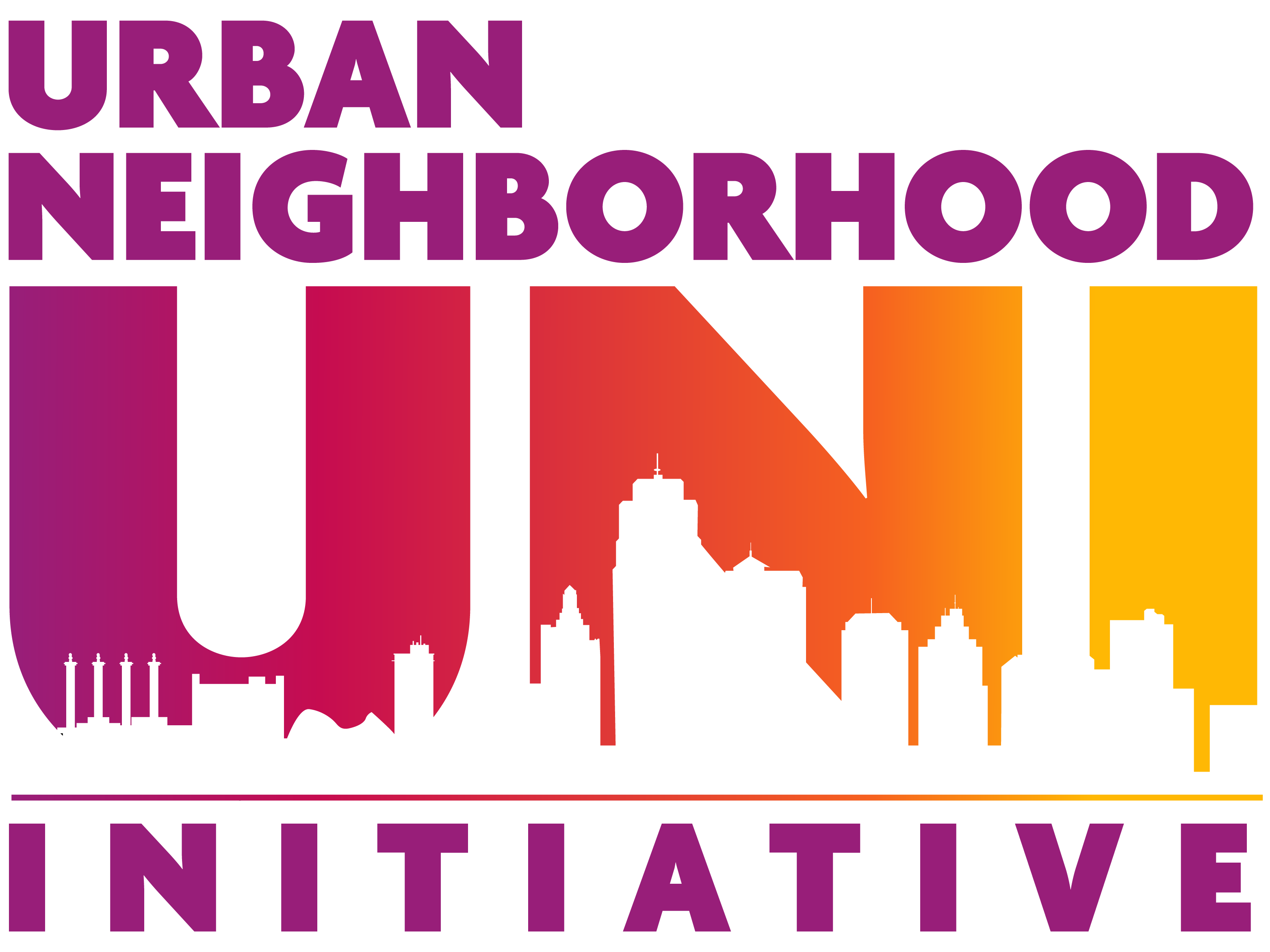Manheim Park
NEIGHBORHOOD HISTORY
Manheim was developed as a streetcar suburb around the turn of the twentieth century and grew quickly from 1900 through 1925. Troost had a streetcar line and Paseo had a bus line – making Manheim Park a very accessible and walkable neighborhood. Most people did not own cars, so homes did not have driveways or garages. Typical of streetcar suburbs, the lots were narrow and long, houses had big front porches and the streetcar lines were within walking distance of small stores and neighborhood markets.
THE ERA OF CAR CULTURE
During the 1950s, white flight to new suburbs coupled with the rise of the car-culture left Manheim Park with an aging population, and changes were made to accommodate cars. Garages were added and Troost became a corridor for through traffic and auto-related businesses.
THE CURRENT REVIVAL OF HISTORIC MANHEIM PARK
The revival of Manheim Park has been accelerated by the redevelopment of the vacant Bancroft Elementary School, built in 1904, into a Platinum LEED Certified affordable housing project. The neighborhood now consists of longtime and new residents who are drawn to the area because of the large two- and three-story homes, as well as the availability of public transportation and proximity to the Plaza, the Nelson-Atkins Museum of Art, the University of Missouri-KC (UMKC) and Rockhurst University.
The redevelopment of the historic Bancroft School was critical to the revival of Historic Manheim Park. The project transformed a vacant structure into affordable apartments; it was completed in October of 2013 and was fully occupied before the end of the year.



